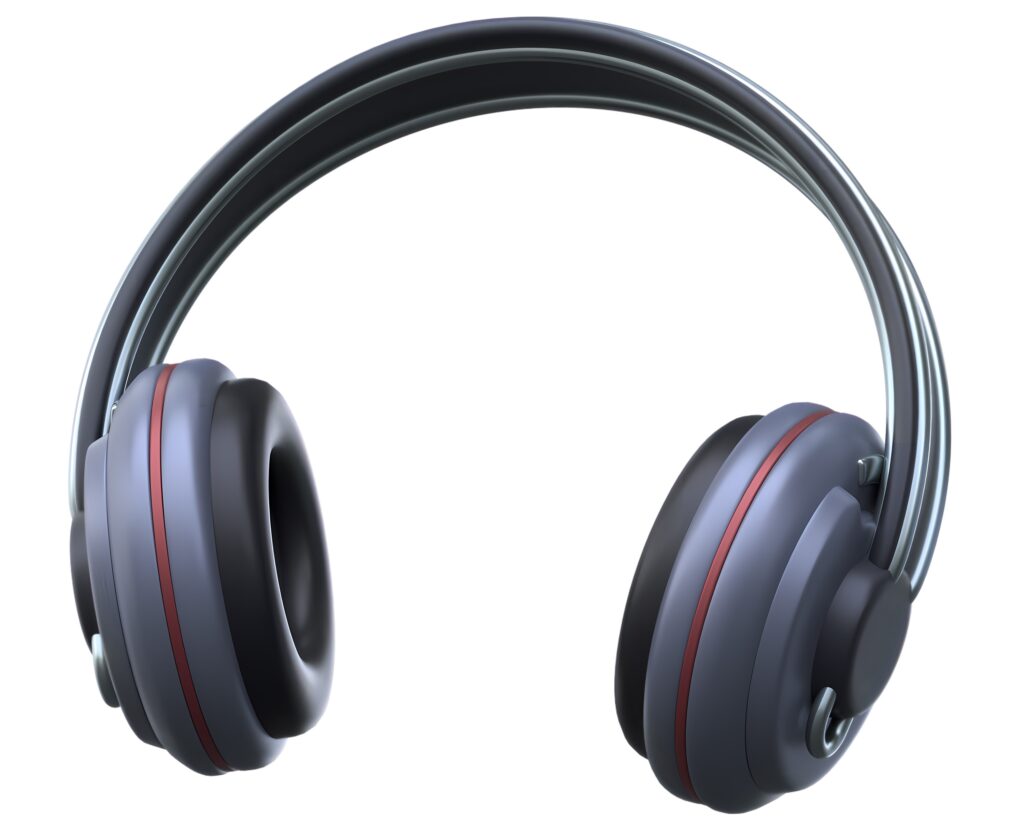 Sixty-six years ago, I was a Polio Pioneer. I still have a certificate and Polio Pioneer pin to prove it. I was seven years old and in Mrs. Davies second grade class at Lincoln Elementary. Being a “pioneer” was a big deal.
Sixty-six years ago, I was a Polio Pioneer. I still have a certificate and Polio Pioneer pin to prove it. I was seven years old and in Mrs. Davies second grade class at Lincoln Elementary. Being a “pioneer” was a big deal.
Polio, short for poliomyelitis, or infantile paralysis, is an infectious disease caused by the poliovirus. In about 0.5 percent of cases, there is muscle weakness resulting in an inability to move.
I’m not sure if all of the kids in school were part of the program, but I know that all who were involved were tasked with an important role in American history. I believe that parents had to give the OK for their children to be a part of the study. If that was indeed a requirement, my mom was the first to raise my hand. Moms didn’t participate, they just volunteered their kids. My biggest fear at the time was seeing kids in heavy braces or iron lungs.
Mom’s drive was sincere. She had become a local volunteer for the March of Dimes. The March was a plea to all children to donate a single dime to help fight the disease. It began in 1938. The major push was held around Christmas each year. Containers for dimes could be found in stores all around the country.
Mom was an area leader. She organized house to house appeals for donations. I remember the cans that were used to collect the funds. She was required to collect the cans from other area workers, complete an accounting, and submit one large deposit to the county organization.
 Dr. Jonas Salk developed an injectable vaccine to fight the disease. My role was to become vaccinated. The students in my class, and I assume all the other classes, were lined up. We stepped forward when it was “our turn”. Although I didn’t know it at the time, half of the kids were receiving Salk’s vaccine and the other half were receiving a placebo. We were given multiple inoculations over an extended time, so keeping track of who was getting what was an important part of the process. Luckily, I received the real deal. After the study was completed, the kid in front of me, and the kid behind, had to go through the entire process again if their parents wanted them to receive the approved vaccine.
Dr. Jonas Salk developed an injectable vaccine to fight the disease. My role was to become vaccinated. The students in my class, and I assume all the other classes, were lined up. We stepped forward when it was “our turn”. Although I didn’t know it at the time, half of the kids were receiving Salk’s vaccine and the other half were receiving a placebo. We were given multiple inoculations over an extended time, so keeping track of who was getting what was an important part of the process. Luckily, I received the real deal. After the study was completed, the kid in front of me, and the kid behind, had to go through the entire process again if their parents wanted them to receive the approved vaccine.
A few years later, Mom raised my hand again. This time I received a vaccine developed by Albert Sabin to fight the same disease. Sabin must have been a lot smarter than Salk, because we received this vaccine orally on a sugar cube. They dropped a red liquid on a small cube, and you simply popped it into your mouth. Easy peasy.
In spite of how dangerous and dreaded polio was, many doctors disliked the emphasis placed on it because it drew attention away from more serious health threats. Doctors knew that most of the people who had polio didn’t even know it, and those that did, most recovered with no disability. They felt tuberculosis was a much larger health threat because 34,000 people died from it in 1950. By contrast, 3,200 people died during 1952, the worst year of the polio epidemic.
Jonas Salk and Albert Sabin’s discoveries didn’t provide a cure for polio, but they did help prevent the disease. The last case of naturally occurring polio in the United States was in 1979. Today, despite a worldwide effort to wipe out polio, poliovirus continues to affect children and adults in parts of Asia and Africa.
We’re fighting a new virus today. Doctors around the world, with aspirations similar to Salk and Sabin, are seeking a vaccine for the current pandemic. The President announced last night that we could lose between 100,000- 240,000 Americans to this virus. Without volunteering, we’ve all become pioneers praying that someone, somewhere is successful.
Hunker down. Stay safe.

